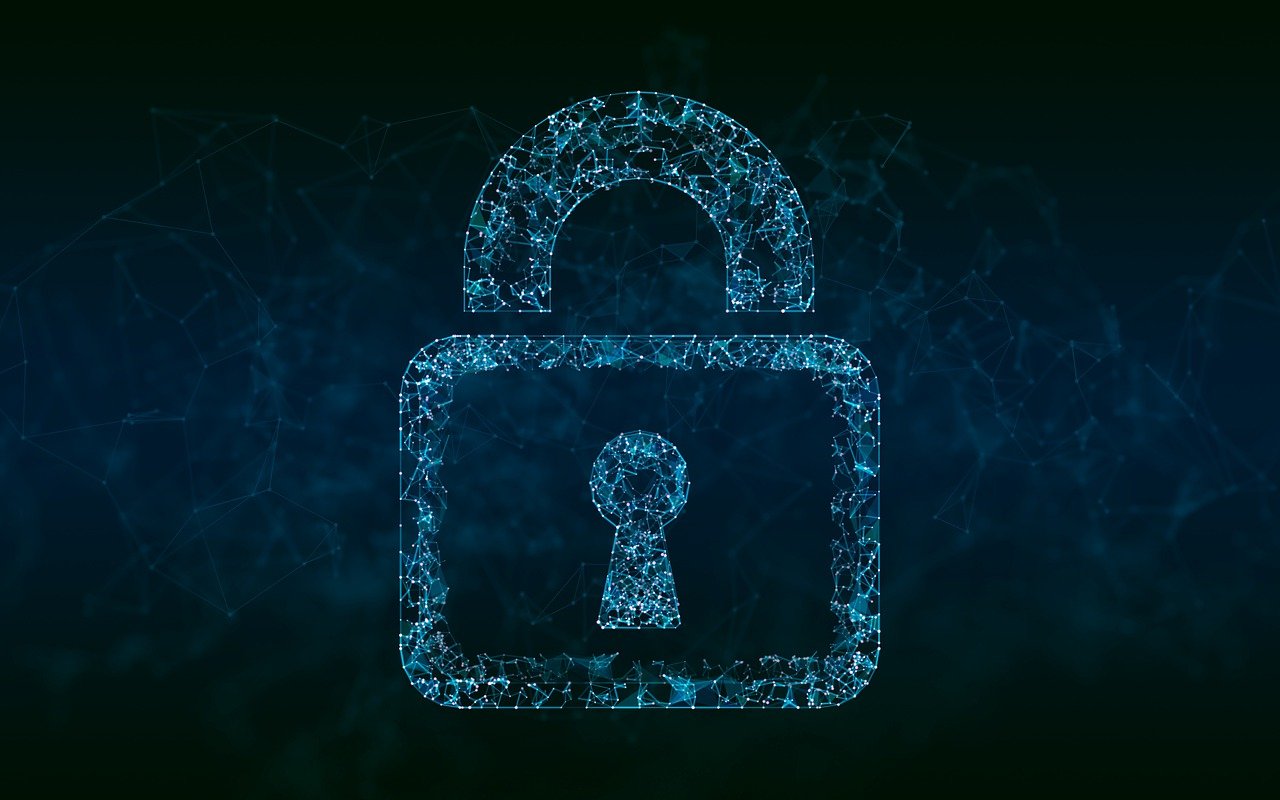· 5 min read
What is a Network Interface Card NIC | Definition and Meaning
A Network Interface Card NIC is a crucial hardware component that enables communication between a computer and a network, allowing for data transmission and network connectivity.

What is a Network Interface Card (NIC)?
A Network Interface Card (NIC) is a crucial hardware component in computer networking. Designed to enable communication between a computer and a network, it serves as the physical interface that connects a device to a network, whether it be a wired Ethernet network or a wireless Wi-Fi network.
Definition and Purpose
The NIC acts as a bridge between the computer and the network, facilitating the transmission and reception of data. Essentially, it allows the computer to connect to the internet or other networks, ensuring that it can both send and receive information. In many setups, a computer may use an Ethernet card (for wired connections) or a wireless network interface card (WNIC) for wireless connections.
The term “NIC” stands for Network Interface Card, which perfectly encapsulates its function as the medium through which electronic devices can connect to individual networks.
Types of NICs
There are two primary types of network interface cards:
Wired Network Interface Cards (Ethernet NICs):
- These cards connect to networks using physical cables, typically Ethernet cables.
- They provide stable and often faster connections compared to wireless networks.
- Ethernet NICs are common in desktop computers and server environments.
Wireless Network Interface Cards (WNICs):
- These cards enable devices to connect to wireless networks, utilizing radio waves instead of cables.
- They provide greater mobility for devices, allowing laptops and smartphones to access networks without being tethered.
- WNICs must comply with specific wireless standards, such as IEEE 802.11.
Key Functions of a NIC
The functions of a Network Interface Card are diverse and integral to networking:
Data Link Layer Functionality: The NIC operates primarily at the Data Link layer of the OSI model, encapsulating data into frames for transport across the network.
Data Transmission: It converts digital data from the computer into signals that can be sent over the network. Once those signals are received, the NIC converts them back into digital data.
Addressing: Each NIC comes with a unique Media Access Control (MAC) address, enabling data packets to be correctly routed to the appropriate device on the network.
Interrupt Handling: The NIC communicates with the computer’s CPU by sending interrupts to inform it of incoming data, ensuring timely data processing.
Error Detection: NICs often incorporate error-checking mechanisms to detect transmission errors. This ensures data integrity during transmission.
Configuration and Settings
Configuring NIC settings is essential for optimal network performance. Settings might include IP addressing, DNS configuration, and enabling or disabling specific features like Quality of Service (QoS) or VLAN tagging. Each NIC may also require a specific driver to operate correctly; these can be updated to improve performance or compatibility.
NIC Teaming
NIC teaming refers to the practice of combining multiple NICs to function as a single virtual NIC. This not only improves performance by load balancing traffic across multiple connections but can also enhance fault tolerance. When one NIC fails, the others maintain the connection, ensuring continuous network availability.
Advantages of NIC Teaming
- Increased Bandwidth: By aggregating multiple connections, teams can handle more data simultaneously.
- Failover Protection: Provides backup connections in case one NIC drops out, maintaining network reliability.
- Enhanced Network Performance: Distributing traffic among multiple NICs can reduce bottlenecks and improve overall speed.
Known Vulnerabilities
While Network Interface Cards are essential components for connectivity, they can also be susceptible to various vulnerabilities. Understanding these threats is critical for maintaining the security and reliability of networked environments. Below are some known vulnerabilities associated with specific brands and NIC types:
NVIDIA ConnectX series (CVE-2023-0203, CVE-2023-0204, CVE-2023-0205):
- These vulnerabilities involve insufficient granularity of access control in NIC firmware, allowing unprivileged users to potentially exploit these weaknesses. They may lead to denial of service, impacting network availability.
QEMU e1000e NIC Emulation (CVE-2023-3019):
- A DMA reentrancy issue could allow a privileged guest user to crash the QEMU process on the host, resulting in denial of service.
VMware vmxnet3 Driver Vulnerabilities (CVE-2023-4387):
- A use-after-free flaw can allow local attackers to crash the system and expose kernel information leaks due to improper memory handling.
Cisco NIC Vulnerability (CVE-2022-3643):
- This vulnerability allows guests to trigger NIC interface resets or crashes by sending specific packet types, affecting stability and performance. It has been noted with Cisco’s (enic) and Broadcom’s NetXtreme II (bnx2x) NICs.
QEMU Infinite Loop Vulnerabilities (CVE-2021-20257, CVE-2021-3416):
- Various infinite loop flaws in QEMU’s NIC emulators could be abused by a guest to consume CPU cycles on the host, resulting in a denial of service scenario.
HGiga Oaklouds Command Injection (CVE-2021-37912, CVE-2021-37913):
- The mobile portal of the HGiga Oaklouds does not properly filter user input, allowing attackers to perform command injections via the NIC setting page.
Cisco StarOS (CVE-2018-0239):
- A vulnerability in Cisco’s StarOS could allow unauthenticated attackers to send crafted IP packets that cause the interface to stop forwarding packets, requiring manual intervention to restore functionality.
Broadcom NIC Management Firmware (CVE-2010-0104):
- Vulnerabilities in older Broadcom integrated NIC management firmware may allow remote attackers to execute arbitrary code through unspecified methods.
By keeping aware of these vulnerabilities and implementing security best practices, organizations can better protect their networks from potential threats associated with Network Interface Cards.
Common Issues and Troubleshooting
Occasionally, users may encounter issues with their NICs. Common problems include:
Driver Issues: Outdated or corrupt drivers can prevent the NIC from functioning properly. Updating the driver is often a quick solution.
Configuration Errors: Incorrect settings can result in connectivity issues. Double-checking IP addresses and subnet masks is crucial.
Physical Connection: Damaged cables or ports can cause connectivity loss. Inspecting physical connections may resolve issues.
Conclusion
The Network Interface Card (NIC) is an essential component of modern computer networks. Whether facilitating wired connections through Ethernet or enabling wireless access through WNICs, it performs a multitude of functions necessary for effective communication within networks. Understanding the role and features of a NIC enables users and IT professionals to troubleshoot issues effectively and maintain efficient network operations.
By ensuring proper configuration, embracing technologies like NIC teaming, and being aware of common vulnerabilities, anyone can maximize their network’s potential, leading to a seamless and productive experience.

